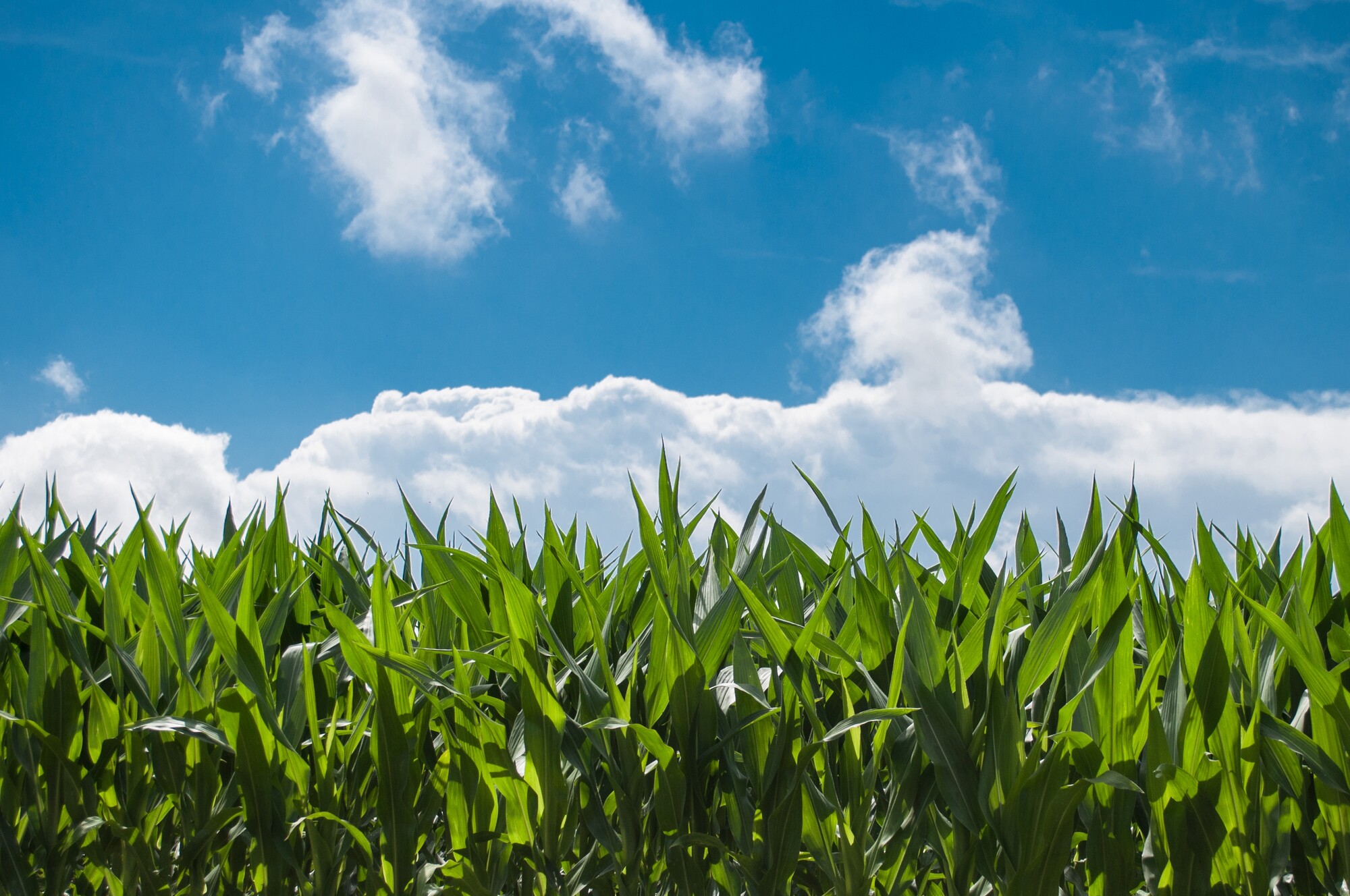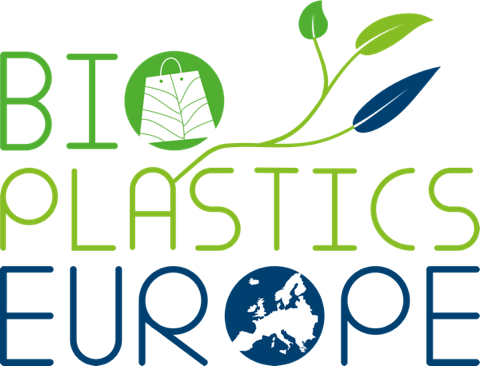Cost competitiveness of sustainable bioplastic feedstocks

Image: corn is used as feedstock for plastic production. Image by Skitterphoto from Pixabay.
Researchers from the BIO PLASTICS EUROPE team at the Hamburg Institute of International Economics (HWWI) recently published a study about polylactic acid (PLA), a bio-based and biodegradable polymer with the largest market share thus far. The study aimed to compare the cost competitiveness of sustainable bio-based and biodegradable plastic feedstocks to produce PLA, considering corn grain and corn stover as feedstock alternatives. To do so, a meta-analysis of the costs of producing PLA based on each feedstock was conducted, involving a Monte-Carlo- Analysis and projections of the future cost development.
Five studies that gave information on the costs were outlined in detail. Although there is a growing interest in this field, not much literature is available, which poses a limiting factor to the study. The existing literature shows that the initial stage of PLA made from corn stover is low cost, mainly because it is a by-product. However, it is more cost-intensive in the pre-treatment and processing, e. g. due to the usage of costly enzymes like cellulase. Therefore, the variable costs of the two feedstocks can compete, but the fixed costs are greater for the corn stover-based PLA. The Monte Carlo analysis showed the different price means to produce PLA from the two feedstocks: while corn grain had a mean of 1.18 USD/kg PLA (SD= 0.06 USD), corn stover was more expensive with a mean of 1.40 USD/kg PLA (SD= 0.08 USD). The most uncertainty in the analysis is presented in the fermentation costs.
Reduced corn and energy prices will probably not change the price differences in PLA from corn stover compared to corn grain, but the combination with learning effects and a higher demand for bio-based and biodegradable plastics could. Especially reduced energy requirements could be a way of decreasing the costs and CO2-balance of corn stover-based PLA, due to its energy-intensive fermentation stage. More demand for bio-based and biodegradable plastic could be induced by informing the public about the advantages of these polymers, in this context specifically the land usage and its ecological impacts. That said, the importance of policies should not be forgotten.
All things considered, more research on corn stover to produce PLA is necessary to diminish the uncertainties, but there are also other promising materials to further investigate and to be compared. Nonetheless, corn stover can be a sustainable feedstock to produce PLA due to it being a by-product, thus causing less land-use related CO2 emissions and ecological damages.
The full research paper can be found in our download section.


